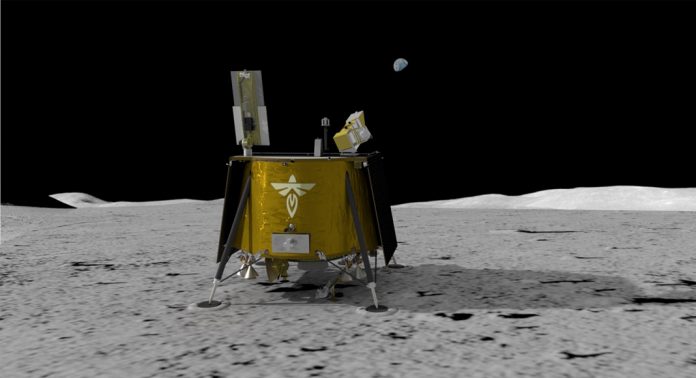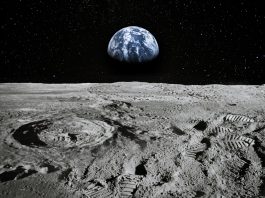NASA has awarded Firefly Aerospace approximately $93.3m to facilitate ten investigations and technology demonstrations to help scientists understand lunar surface conditions.
The funding is part of the agency’s Commercial Lunar Payload Services (CLPS) initiative, in which NASA is securing the service of commercial partners to quickly land science and technology payloads on the lunar surface. Firefly Aerospace will be responsible for end-to-end delivery services, including payload integration, launch from Earth, landing on the Moon, and mission operations. The mission will investigate a variety of lunar surface conditions and resources to help NASA prepare for human missions to the lunar surface.
Thomas Zurbuchen, associate administrator for science at NASA Headquarters in Washington, said: “We’re excited another CLPS provider has won its first task order award. With this initiative, we seek to develop ways for new science and technology development utilising a service-based model. This allows US vendors to not only demonstrate their ability to safely deliver payloads to our celestial neighbour, but also expand this capability for others who want to take advantage of this cutting-edge approach to explore the Moon.”
The maiden voyage of the Blue Ghost lander
Firefly Aerospace will provide the lunar delivery service using its Blue Ghost lander, which the company designed and developed at its Cedar Park facility. This facility will house the integration of NASA and any non-NASA payloads, and will serve as the company’s mission operations centre for the 2023 delivery.
Chris Culbert, manager of the CLPS initiative at NASA’s Johnson Space Center in Houston, said: “The payloads we’re sending as part of this delivery service span across multiple areas, from investigating the lunar soil and testing sample capture technology, to giving us information about the Moon’s thermal properties and magnetic field.”
Mare Crisium, where Firefly Aerospace’s Blue Ghost will land, is a more than 300-mile-wide basin where instruments will gather data to provide insight into the Moon’s regolith – loose, fragmented rock and soil – properties, geophysical characteristics, and the interaction of solar wind and Earth’s magnetic field.









